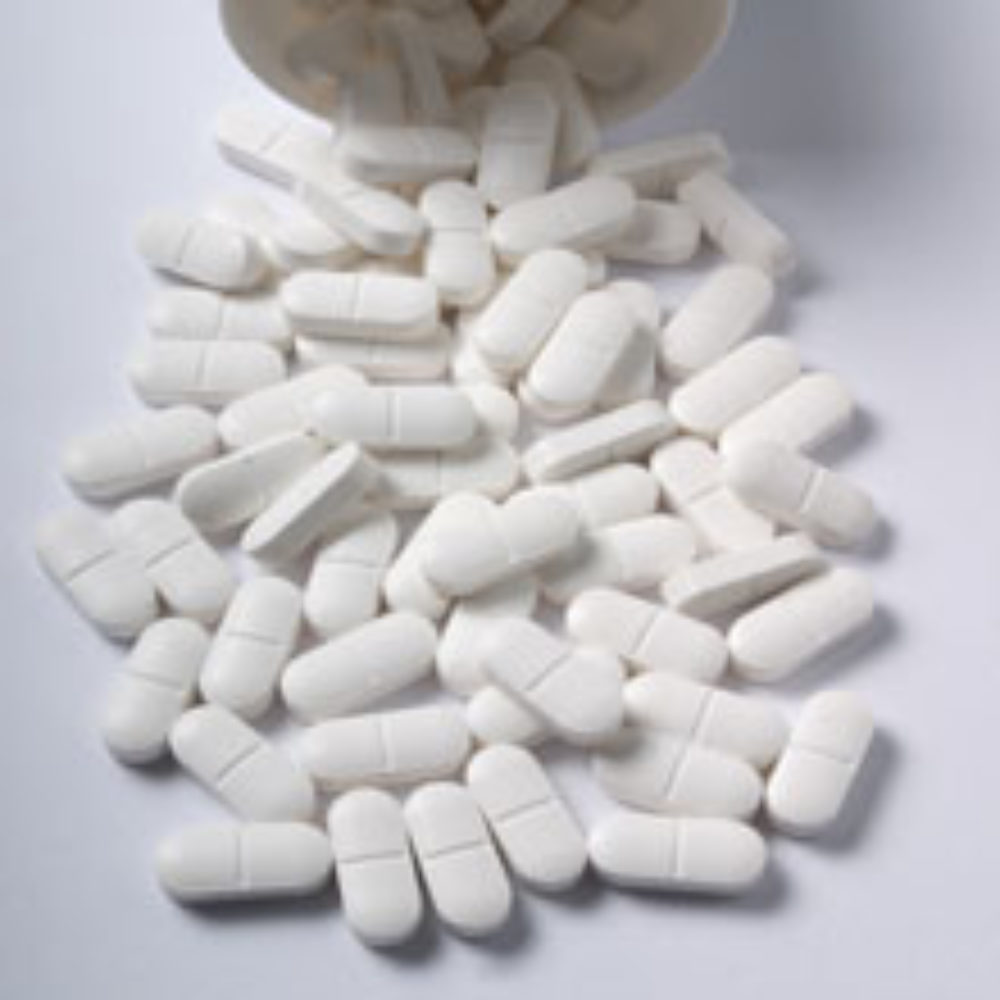Hospital Medication Mistakes Reduced By Use of Bar Codes: Study

The use of bar code technology on prescription drugs could cut the number of adverse drug reactions caused by medication mistakes in half and completely eliminated mistakes due to misreading of doctors’ handwriting, according to the results of a recent study.
Researchers from Brigham and Women’s Hospital in Boston found computer coded labels on hospital patients and drugs prevented nurses from giving the wrong medication, helped ensure that they received vital drugs in a timely fashion and reduced the overall number of injuries due to prescription errors. The results of the study was published on May 6 in the New England Journal of Medicine.
As part of the study, patients were given bar-coded wristbands and medications were labeled with bar codes. Nurses were required to scan both the wrist band and the medications to make sure that the patients were getting the right drugs. In addition, scanning the bar codes updated the pharmacists’ patient medical records, so that the pharmacist was alerted when the patient needed their prescription refilled, or when they had not been given a dosage in a timely fashion. The bar codes contained the type of medication prescribed, dosage, and other important information, which was entered electronically by the prescribing doctor.

Did You Know?
Millions of Philips CPAP Machines Recalled
Philips DreamStation, CPAP and BiPAP machines sold in recent years may pose a risk of cancer, lung damage and other injuries.
Learn MoreResearchers looked at 6,723 drug administrations before the procedure was put into place, and 7,318 medication administrations after the bar codes were utilized. They found that when no bar code technology was used, medication errors occurred about 11.5% of the time, with 3.1% resulting in adverse drug events.
When the bar-codes were employed, the overall number of errors dropped to 6.8%, a reduction of 44.4%. Adverse events fell to 1.6%, a drop of 50.8%. Errors due to transcription mistakes, where the pharmacist misread or misunderstood the doctor’s prescription, were completely eliminated by bar coding. Without bar-coding, transcription mistakes occurred 6.1% of the time.
According to a 2006 report by the National Academies of Science’s Institute of Medicine, there are about 1.5 million medication errors every year that result in injuries. These mistakes are largely preventable and could be caused by a doctor prescribing the medication incorrectly, the pharmacy filling the wrong dosage or by nurses dispensing a different patient’s drugs.
Get more articles like this sent directly to your inbox.
"*" indicates required fields
3 Comments





MarkMay 10, 2011 at 2:16 am
While bar code technology is the right thing, it must also be used the right way. Susan ends are comment by saying "so the system does not mean that mistakes won't be made." While I don't know the details of the episode, it appears that the nurse did not make a mistake. It looks more like she committed fraud (deliberate deception) regarding medication administration times. Such behavior is unethi[Show More]While bar code technology is the right thing, it must also be used the right way. Susan ends are comment by saying "so the system does not mean that mistakes won't be made." While I don't know the details of the episode, it appears that the nurse did not make a mistake. It looks more like she committed fraud (deliberate deception) regarding medication administration times. Such behavior is unethical and may be criminal. While bar code systems can make it harder for nurses to make mistakes and easier for them to do the right thing, nurses can violate procedures at the peril of their patients' lives and at the risk of civil and criminal litigation. See discussion at: http://journals.lww.com/nursing/fulltext/2009/05000/playing_it_safe_with_bar_code_medication.17.aspx
susanDecember 15, 2010 at 11:44 am
I was in the hospital a few months ago. And yes they used a barcode system. unfortunately the nurse decided to scan ALL my meds and give them to me within a 2 hour period. which was about 20-25 pills. and i didnt know to stop her because they had me drugged up on pain meds. when i woke up i was in icu. i was told that i "coded" and the critical assesment team had to be rushed in. so the system doe[Show More]I was in the hospital a few months ago. And yes they used a barcode system. unfortunately the nurse decided to scan ALL my meds and give them to me within a 2 hour period. which was about 20-25 pills. and i didnt know to stop her because they had me drugged up on pain meds. when i woke up i was in icu. i was told that i "coded" and the critical assesment team had to be rushed in. so the system does not mean that mistakes wont be made.
MarkMay 26, 2010 at 4:05 am
News of this study have appeared in hundreds of venues. It fascinates me to find it in aboutlawsuits.com. Presently, one third of America's hospitals are scanning bar codes (as does Brigham and Womens) at the point of care—many claiming similar results. At some point I believe it will be viewed as unconscionable not to scan patients' bar-coded wristbands to verify a match with medications and [Show More]News of this study have appeared in hundreds of venues. It fascinates me to find it in aboutlawsuits.com. Presently, one third of America's hospitals are scanning bar codes (as does Brigham and Womens) at the point of care—many claiming similar results. At some point I believe it will be viewed as unconscionable not to scan patients' bar-coded wristbands to verify a match with medications and blood transfusions as it now is not to secure ourselves and our children in automobile seat restraints. How long before hospitals fear the exposure of litigation over errors that bar coding could have avoided had they not dragged their feet in implementing this patient safety technology?